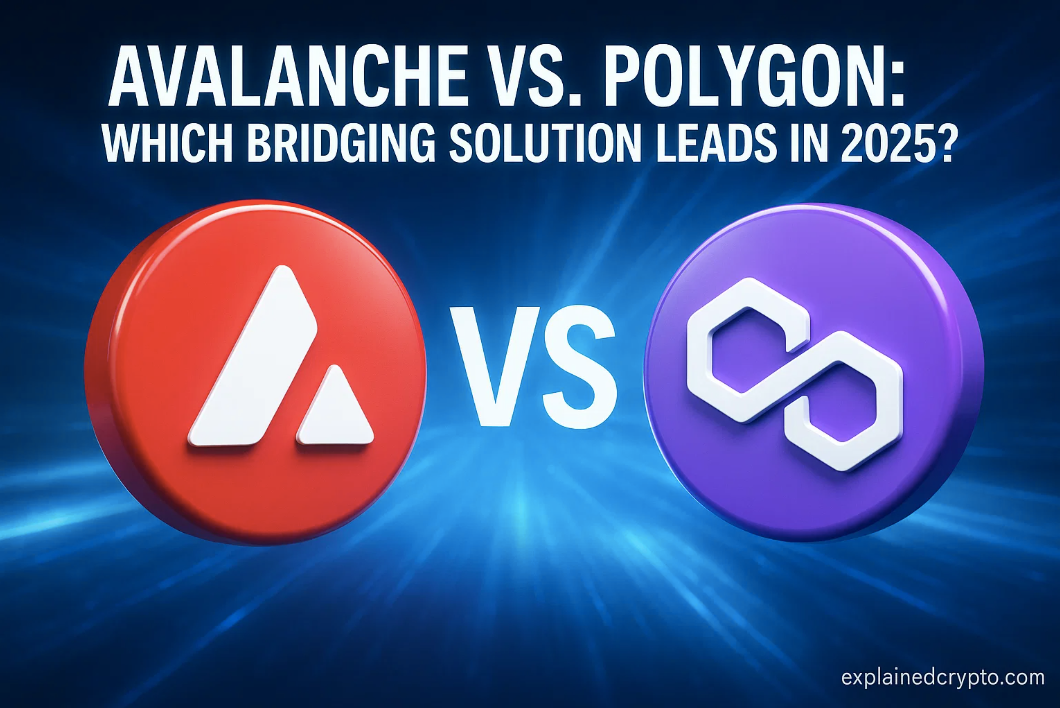- Cryptocurrency relies on blockchain, cryptography, and consensus mechanisms to function without banks.
- Beyond speculation, crypto powers payments, DeFi, NFTs, and more.
- Its future hinges on adoption, regulation, and technological innovation.
Cryptocurrency has shifted from niche online forums to mainstream headlines, investment portfolios, and government policy debates. At its core, crypto promises a radically different vision of money—one not controlled by banks, governments, or intermediaries. Yet, many still ask the fundamental question: how does crypto work?
To understand this, we need to go beneath the buzzwords and headlines. Cryptocurrency is not just about Bitcoin or volatile prices—it’s about blockchain technology, cryptography, consensus mechanisms, and a new financial infrastructure. This article breaks down the mechanics of crypto in clear, digestible layers while highlighting its opportunities and risks.
What Is Cryptocurrency? Defining the Basics
A cryptocurrency is a digital or virtual currency secured by cryptography. Unlike fiat currencies (USD, EUR), cryptocurrencies are not issued by a central authority. Instead, they rely on decentralized networks of computers that collectively maintain and validate the system.
Key features:
- Digital-only: Exists purely as code, no physical coins.
- Decentralized: Maintained by a distributed network (nodes).
- Secured by cryptography: Transactions are encrypted and verified.
- Limited supply: Many cryptos (like Bitcoin) have fixed issuance rules.
The first cryptocurrency, Bitcoin, was launched in 2009 by the pseudonymous Satoshi Nakamoto. Today, thousands exist—from Ethereum and Solana to meme coins like Dogecoin.
The Core Technology: Blockchain Explained
At the heart of crypto lies blockchain technology—a decentralized, immutable digital ledger.
How Blockchain Works: Step-by-Step
- Transaction Initiation – A user requests a transaction (e.g., sending Bitcoin to a friend).
- Broadcast to Network – The transaction is broadcast to a peer-to-peer network of computers (nodes).
- Validation – Nodes validate the transaction using consensus rules.
- Block Creation – Validated transactions are grouped into a block.
- Consensus – The network agrees on the block’s validity.
- Chain Addition – The block is added to the existing chain of blocks (hence “blockchain”).
- Permanent Record – The ledger updates, making the transaction irreversible.
| Feature | Blockchain Benefit | Traditional Banking Equivalent |
|---|---|---|
| Ledger | Decentralized & transparent | Centralized bank ledger |
| Validation | Consensus among nodes | Bank or clearinghouse |
| Security | Cryptographic hashing | Passwords, firewalls |
| Immutability | Permanent records | Banks can reverse errors |
Unlike banks, blockchain removes the need for trust in a single authority—trust is placed in the protocol itself.
Cryptography: The Science of Secure Transactions
The term “crypto” in cryptocurrency refers to cryptography—the mathematical techniques that secure networks.
Key cryptographic tools:
- Public-Private Key Pairs: Every user has a public key (like an address) and a private key (like a password). Transactions are signed with private keys, proving ownership.
- Hash Functions: Transactions are converted into unique “hashes,” ensuring integrity. If even one character changes, the hash changes completely.
- Digital Signatures: Verify that a transaction is authentic and hasn’t been altered.
These mechanisms ensure that crypto systems are tamper-proof, transparent, and secure—without requiring banks or intermediaries.
Consensus Mechanisms: How Networks Agree
Decentralization poses a challenge: how do thousands of independent computers agree on a single version of truth? Enter consensus mechanisms.
The Two Main Types
- Proof of Work (PoW) – Used by Bitcoin. Miners solve complex mathematical puzzles to validate blocks. Energy-intensive but extremely secure.
- Proof of Stake (PoS) – Used by Ethereum post-2022 upgrade. Validators “stake” their coins to secure the network and earn rewards. More energy-efficient.
| Feature | Proof of Work (PoW) | Proof of Stake (PoS) |
|---|---|---|
| Energy Use | Very high | Low |
| Security | Extremely strong | Strong but evolving |
| Accessibility | Requires hardware | Requires staking coins |
Other consensus methods (Delegated PoS, Proof of Authority) are also emerging, catering to speed and scalability.
Mining and Transaction Verification
In a Proof of Work system, crypto is generated through mining. Miners compete to solve puzzles, and the winner gets to add a block and earn new coins (block reward + transaction fees).
This system:
- Incentivizes network participation.
- Protects against double-spending.
- Creates scarcity (e.g., Bitcoin’s capped supply of 21 million).
By contrast, Proof of Stake doesn’t require mining—validators simply earn rewards for securing the network.
Related: Proof of Work vs Proof of Stake: The Ultimate Beginner’s Guide (2025 Update)
How People Use Crypto: Real-World Applications
Cryptocurrencies are more than speculative assets. They have real-world use cases:
- Payments & Remittances – Faster, cheaper cross-border transfers. Example: USDT used for remittances in emerging markets.
- Store of Value – Bitcoin seen as “digital gold.”
- DeFi (Decentralized Finance) – Smart contracts enabling lending, borrowing, and trading without banks.
- NFTs & Digital Ownership – Unique tokens proving ownership of digital art or in-game assets.
- Central Bank Digital Currencies (CBDCs) – Inspired by crypto, governments are experimenting with digital fiat.
Challenges and Risks
Despite its promise, crypto faces serious challenges:
- Volatility – Prices swing dramatically, limiting use as stable money.
- Security Risks – Hacks, scams, and lost private keys.
- Regulatory Uncertainty – Governments struggle to balance innovation with oversight.
- Energy Consumption – PoW mining criticized for environmental impact.
- Adoption Barriers – Complexity, lack of education, and infrastructure gaps.
The Future of Cryptocurrency
The crypto ecosystem is still in its infancy. Some predictions:
- Mainstream Adoption: More integration into payments, banking, and commerce.
- Regulation: Clearer global rules for exchanges, tokens, and stablecoins.
- Technological Evolution: Growth of Layer-2 solutions, zero-knowledge proofs, and more energy-efficient systems.
- Institutional Investment: Hedge funds, corporations, and even governments exploring crypto holdings.
Whether crypto becomes the backbone of future finance or remains a parallel system depends on adoption, regulation, and innovation.
Understanding the Mechanics of Trustless Money
So, how does crypto work? By combining blockchain, cryptography, and decentralized consensus, cryptocurrencies create a trustless, secure, and transparent financial system.
It’s not just about speculative gains—it’s about rethinking money, ownership, and trust in the digital age. Understanding the mechanics is essential for anyone—whether investor, policymaker, or curious observer—looking to navigate the future of finance.
Disclaimer: The information in this article is for general purposes only and does not constitute financial advice. The author’s views are personal and may not reflect the views of explainedcrypto.com. Before making any investment decisions, you should always conduct your own research. explainedcrypto.com is not responsible for any financial losses.





